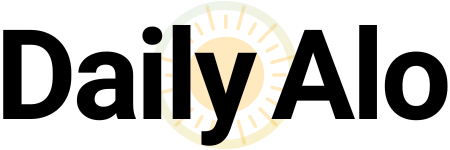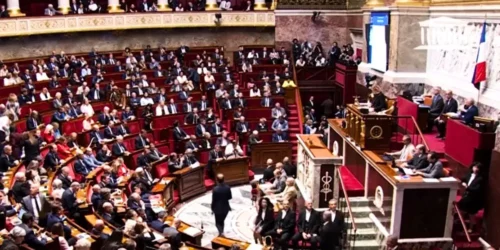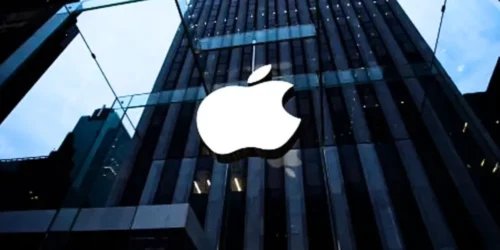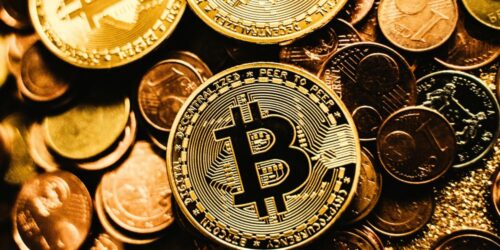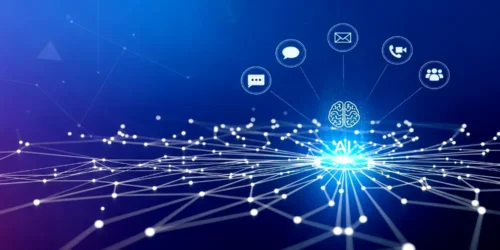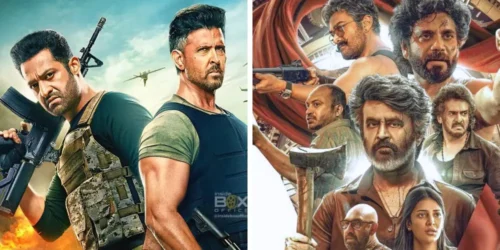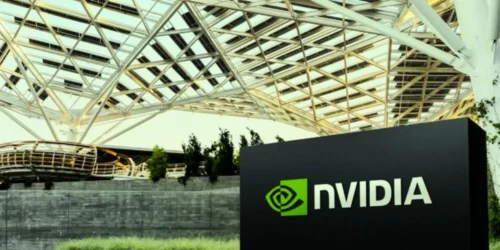Picture a classroom. For most of us, the image is remarkably consistent: orderly rows of desks, a teacher at the front near a chalkboard or whiteboard, and a quiet hum of students taking notes. This model has served as the bedrock of education for over a century. But the world that built this classroom—a world of industrial processes and information scarcity—has vanished. We now live in an age of constant change, digital saturation, and unprecedented complexity. Education finds itself at a profound and uncomfortable crossroads, grappling with a fundamental question: are we preparing students for the world of yesterday, or are we building the adaptive, creative, and resilient thinkers required for the world of tomorrow?
The Enduring Legacy of the Industrial Age Classroom
The traditional educational model was a marvel of its time, designed with a specific purpose in mind. However, its very design principles are now its greatest limitations, creating a system that often struggles to keep pace with modern reality.
The Factory Model of Learning
The structure of our school system is a direct inheritance from the Industrial Revolution. It treats students like raw materials, processing them in age-based batches, moving them along an assembly line from one subject to the next, signaled by the ringing of a bell. This system prized standardization and compliance, efficiently producing a workforce with a baseline of knowledge for a predictable economy.
A Curriculum Built for Yesterday
In an era when information was scarce and held by experts, the core function of education was to transfer a static body of knowledge from the teacher to the student. Rote memorization of facts, dates, and formulas was paramount. However, in today’s world, where any fact is just a quick search away, this focus on content recall is becoming increasingly obsolete.
The Unrelenting Pressures of the 21st Century
The world has not only changed; it has undergone a fundamental transformation. The skills that now command value are vastly different from those of even a few decades ago, and education is struggling to adapt.
The Demands of the New Economy
Automation and AI are rapidly eliminating routine, rule-based jobs. The new economy rewards what machines cannot easily replicate: critical thinking, complex problem-solving, creativity, and collaboration. Employers no longer just want to know what a candidate knows; they want to know what a candidate can do with their knowledge.
A Tsunami of Information
We have transitioned from an era of information scarcity to one of information overload. The challenge for students is no longer finding information but navigating a deluge of it. This requires sophisticated skills in media literacy, source verification, and the ability to synthesize disparate information into a coherent understanding—skills the traditional curriculum often neglects.
Forging New Tools for Learning
In response to these pressures, innovative educators are tearing down the old model and experimenting with new pedagogies and tools. This transformation is not about replacing teachers with technology but about empowering teachers to foster deeper, more relevant learning.
Technology as a Tool, Not a Panacea
Digital tools offer incredible opportunities to personalize learning, allowing students to progress at their own pace. They can provide access to simulations, global collaborations, and vast libraries of information. However, technology is only a vehicle. Without a sound pedagogical strategy, it becomes little more than a high-tech worksheet.
The Rise of Project-Based Learning
A powerful shift is underway toward project-based learning. Instead of learning subjects in isolated silos, students work collaboratively on complex, real-world problems. They learn math, science, and history not for a test but because they need those skills to design a community garden or build a functioning robot. This approach teaches content and critical skills simultaneously.
Shifting the Teacher’s Role
This new model redefines the role of the educator. The teacher transitions from the “sage on the stage,” the primary dispenser of knowledge, to the “guide on the side.” They become expert facilitators, mentors, and learning coaches who ask probing questions and guide students through the messy process of discovery.
The Persistent Challenge of Equity
As we redesign education, we risk exacerbating the very inequalities we aim to address. The promise of a modern, personalized education remains out of reach for too many, creating a two-tiered system that threatens the democratic purpose of public schooling.
The Digital and Resource Divide
Innovation costs money. Wealthier school districts can afford the latest technology, smaller class sizes, and specialized training for teachers. Meanwhile, underfunded schools in poorer communities struggle to provide even the most necessities. This resource gap ensures that the students who need the most support are often the least likely to receive it.
Standardized Testing: A Flawed Yardstick?
Our reliance on standardized testing creates a powerful incentive for schools to “teach to the test,” thereby narrowing the curriculum and eliminating essential subjects like art, music, and civics. Critics argue these tests measure a limited range of skills and often reflect a student’s socioeconomic background more than their actual potential, perpetuating cycles of inequality.
Reimagining the Purpose of School
Perhaps the most important part of this analysis is to step back and ask what education is truly for. Is it merely job training, or does it have a higher, more human purpose? The answer will shape every choice we make.
Fostering Lifelong Learners
In a world of rapid change, the most valuable skill is the ability to learn, unlearn, and relearn. The ultimate goal of education should not be to produce a “finished” product but to cultivate a deep-seated curiosity and a lifelong love of learning.
Cultivating Soft Skills and Emotional Intelligence
Success in life and work depends heavily on so-called “soft skills”—including empathy, resilience, effective communication, and self-awareness. These are the foundations of effective collaboration and personal well-being. A modern education must intentionally cultivate this emotional intelligence alongside academic knowledge.
Education for Citizenship
Finally, we must not forget that public education has a civic mission. Schools are where we learn to be part of a community. They should be incubators of democracy, teaching students how to engage in civil discourse, understand different perspectives, and become informed and active participants in society.
Conclusion
The unfinished classroom is a place of tension, excitement, and uncertainty. The rigid structures of the past are cracking under the weight of a dynamic present. While the path forward is not always clear, the direction of travel is. We must move away from a system of passive reception and toward one of active creation. We must prioritize skills over static facts, curiosity over compliance, and equity over standardized efficiency. This is more than an academic exercise; it is the essential work of building a future where every learner is equipped not just to navigate the world but to purposefully and compassionately shape it.
